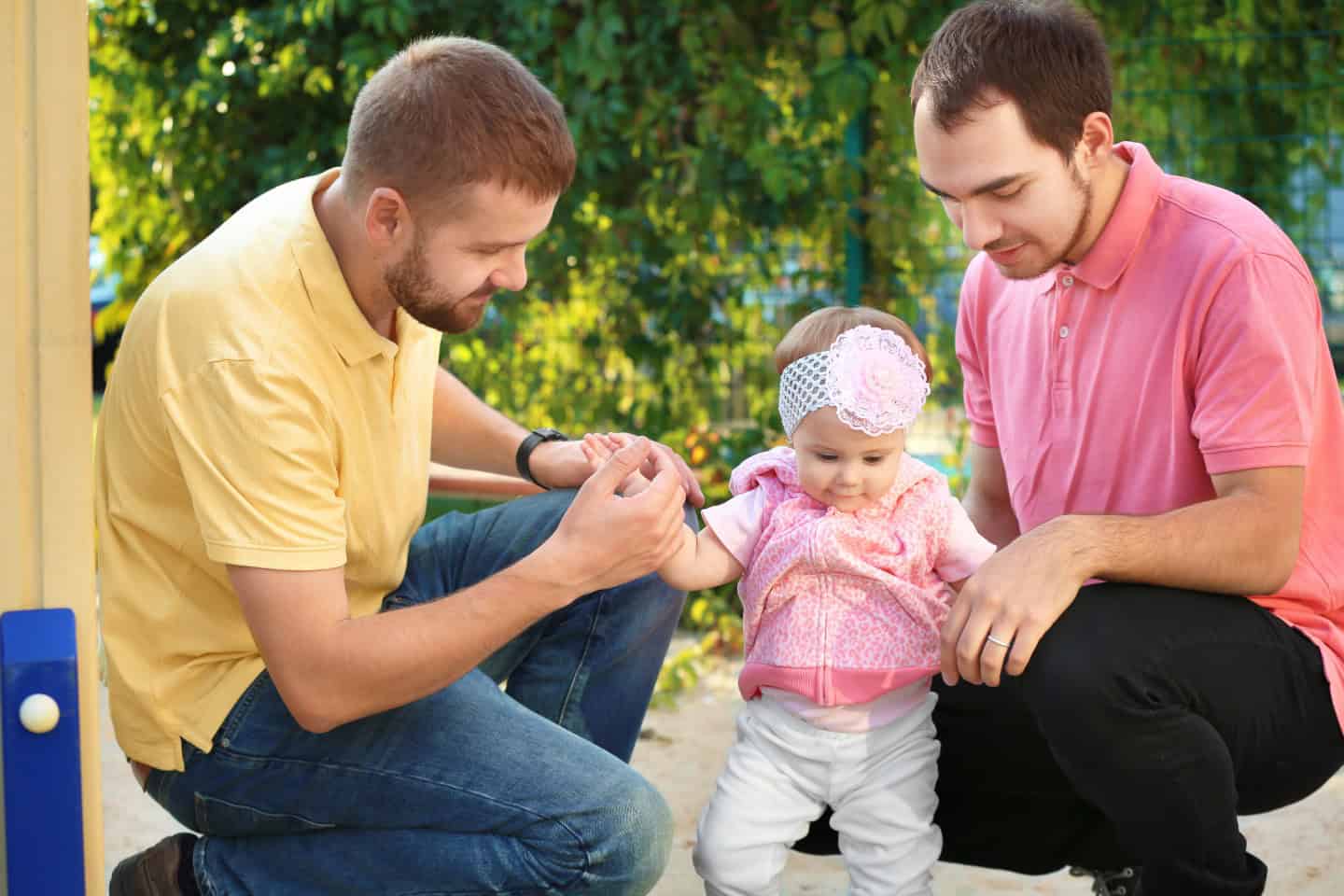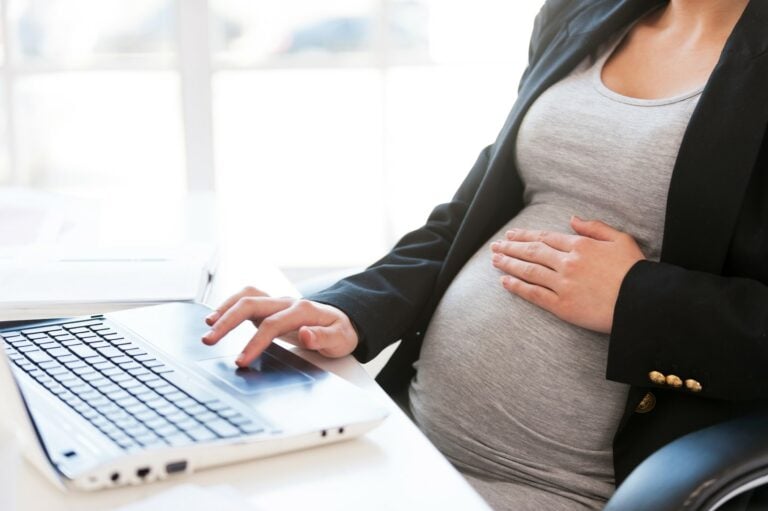
The NHS Early Notification Scheme – A Closer Look
As specialist child brain injury lawyers, some of our clients’ cases are being investigated under the NHS Early Notification Scheme. As a government-run scheme, scrutinising the actions of a state institution, it is only fair to consider whether the scheme has been a success from the point of view of injured babies and their families, many of whom will have questions about what to do if they receive a letter advising that they have been referred to the scheme.
What is the NHS Early Notification Scheme?
The NHS Early Notification Scheme (ENS) was set up by NHS Resolution in 2017 to speed up investigations into potential medical negligence claims for cases where a baby has sustained a potentially serious brain injury at birth, and to support their families where negligence has been identified.
Historically, cases of this nature resulted in costly litigation and failures to learn and improve maternity care promptly by learning from incidents close to the time that things have gone wrong.
The ENS was put forward as an answer to spiralling legal costs and delays in settling medical negligence claims against the NHS for babies who a) suffer brain injuries at birth and b) meet the criteria for the scheme.
The scheme is administered and run by NHS Resolution (NHSR) – this is not an independent body, NHSR is the NHS’s representative. It is an arm’s length body of the Department of Health and Social Care. One of its main jobs is to handle all clinical negligence claims on behalf of NHS Trusts in England and to bear the associated costs of those claims. All NHS Trusts in England are members of NHS Resolution’s Clinical Negligence Scheme for Trusts. NHSR are instructed to investigate when claims seeking financial compensation are made.
ENS Criteria for investigation
Not all birth injury cases are covered by the ENS. The ENS will only investigate cases where a baby is born at term (37weeks+) and is diagnosed with a severe brain injury. This includes babies who:
- were diagnosed with grade III hypoxic ischaemic encephalopathy (HIE);
- were therapeutically cooled;
- had decreased central tone, was comatose and had seizures of any kind.
The ENS will not investigate other maternity cases such as intrapartum stillbirths, early neonatal deaths (when a baby dies within the first week of life) or maternal deaths.
Second report findings
NHS Resolution have produced two reports into the scheme and “The Second Report: The Evolution of the Early Notification Scheme” was published in September 2022.
- Timeframes
The report found that implementing the ENS has resulted in improvements in timeframes: it takes approximately 18 months from birth to an admission of liability on cases in the Early Notification Scheme, whereas for non-ENS cases it takes an average of 7 years.
This is positive for injured children and their families as an admission of liability allows early payments of compensation to be made to help pay for support and rehabilitation such as care, therapies, accommodation and equipment. These early payments can be made while the overall value of the compensation to cover the child’s needs for the rest of their lives is still being assessed.
- Legal costs
The report found that the legal costs for defending cases up to an admission of liability through the ENS were reduced to almost a third compared to the cost of non-ENS cases (on average £11,738 compared to £34,219 respectively).
On these two criteria, it appears that the ENS is meeting its aims – speeding up the timeframes for injured patients and saving the NHS legal costs – however this is not the full picture.
The ENS performance – in figures
Digging deeper, I wanted to know how many ENS cases resulted in an early admission of liability and interim payments of compensation.
In October 2022 NHS Resolution answered questions posed by patient safety charity AvMA under a Freedom of Information Act (FOIA) request.
Since the start of the ENS on 1st April 2017, through to 31st March 2022, the FOIA request showed that 2,711 matters referred to NHS Resolution met the criteria for ENS investigation.
Out of those 2,711 matters, there have been:
- 100 full admissions of liability (only 2.7%) – that is 100 cases where NHS Resolution admitted there had been both a breach of duty of care (care that fell below a reasonable standard), and causation (the substandard care caused an injury).
- Of those 100 cases, 74 of the families sought independent legal representation while 26 progressed the claim without it.
- 49 families have received an interim payment of damages.
- 296 matters where a breach of duty has been admitted, but NHS Resolution were “unable to provide any further information on whether or not there was any injury as a result”. Although the NHS admit that there had been substandard care in these cases, they could not say if that substandard care had caused an injury which could be compensated for.
- Of those 296 families, only 119 sought independent legal advice.
- 1,456 ENS investigations concluded that there was no breach of duty and no negligence. NHS Resolution don’t know if any of these families had legal representation.
The ENS performance in real life – what do the figures mean?
Having reviewed the FOIA request data, my concern is that many families with potentially seriously injured children are going through ENS investigations without independent legal advice and the organisation which is carrying out the investigation is essentially part of the NHS itself.
Worryingly, APIL the Association of Personal Injury Lawyers – have said that there is no indication that families are being informed that they have a right to independent legal advice.
My colleague Caroline Klage has written about this issue.
Even with liability admitted, assessing a brain injured child’s condition and prognosis, and their long-term needs, is complex. Independent legal advice from specialist solicitors can ensure a proper valuation of how much compensation a child is entitled to claim, to meet their needs for life.
My colleague Laura Robertson Hayes has written about the importance of properly valuing the compensation for children with brain injuries.
Changes to the Early Notification Scheme from 1 April 2022:
From 1 April 2022 the criteria for cases that warrant investigation by the ENS has been narrowed down to this:
“Babies who have an abnormal MRI scan where there is evidence of changes in relation to intrapartum hypoxic ischaemic encephalopathy (HIE)”.
I imagine we will see the number of matters being investigated by the ENS drop as a result of this.
In my experience from investigating such cases, having a neonatal MRI that does not conclusively show brain damage does not mean that there was no damage caused at all.
In recent years we are increasingly learning about the effects that therapeutic cooling has on the brain in alleviating brain damage and the effect that has on MRI imaging.
In addition, for babies born from 1 April 2022 onwards who meet the ENS criteria, the Healthcare and Safety Investigation Branch (HSIB) have to complete their safety investigations first before NHS Resolution will begin their investigation. This is to avoid duplication.
Time will tell if waiting for the HSIB investigation to be concluded will slow down timeframes for cases in the ENS reaching a conclusion.
I have previously written about HSIB.
What if you receive a letter from NHS Resolution saying they are investigating your case under the Early Notification Scheme?
It is important to remember that NHS Resolution is the NHS’s representative – they are not independent. Injured patients are entitled to obtain their own independent legal advice and I would urge parents to find specialist lawyers to make sure their child’s interests are properly represented.
There may be a valid medical negligence claim, even if NHS Resolution decline to admit liability in full. And with the additional criteria of needing an MRI showing brain damage to be met, I believe the number of cases turned down due to lack of causation will only increase.
What if you don’t receive a letter from NHS Resolution?
There may still be some children who have sustained a brain injury at birth due to negligence that may not meet the criteria for ENS. And as mentioned above, many potential medical negligence claims arising from traumatic births don’t meet the criteria for investigation by the ENS in the first place. For example, negligence causing stillbirth, Erb’s palsy injuries and maternal injuries.
Conclusion
Proactive investigation and early support for families with an injured child is positive and should be encouraged and expected from NHS Resolution. And everyone would agree that saving time and legal costs is a good thing for the NHS.
But the criteria for a case to be investigated by the ENS is narrow and it appears that admissions of liability are being made in only in the most obvious cases of negligence.
I would always urge parents, if they have any concerns about an injury sustained during the birth of their child, to contact specialist solicitors and seek independent legal advice to ensure the best outcome for their child.
At BBK we have a free Early Notification Scheme clinic where specialist solicitors are on hand to answer any queries you might have. The clinic is free to access, strictly confidential and poses no further obligation on those who use it.










